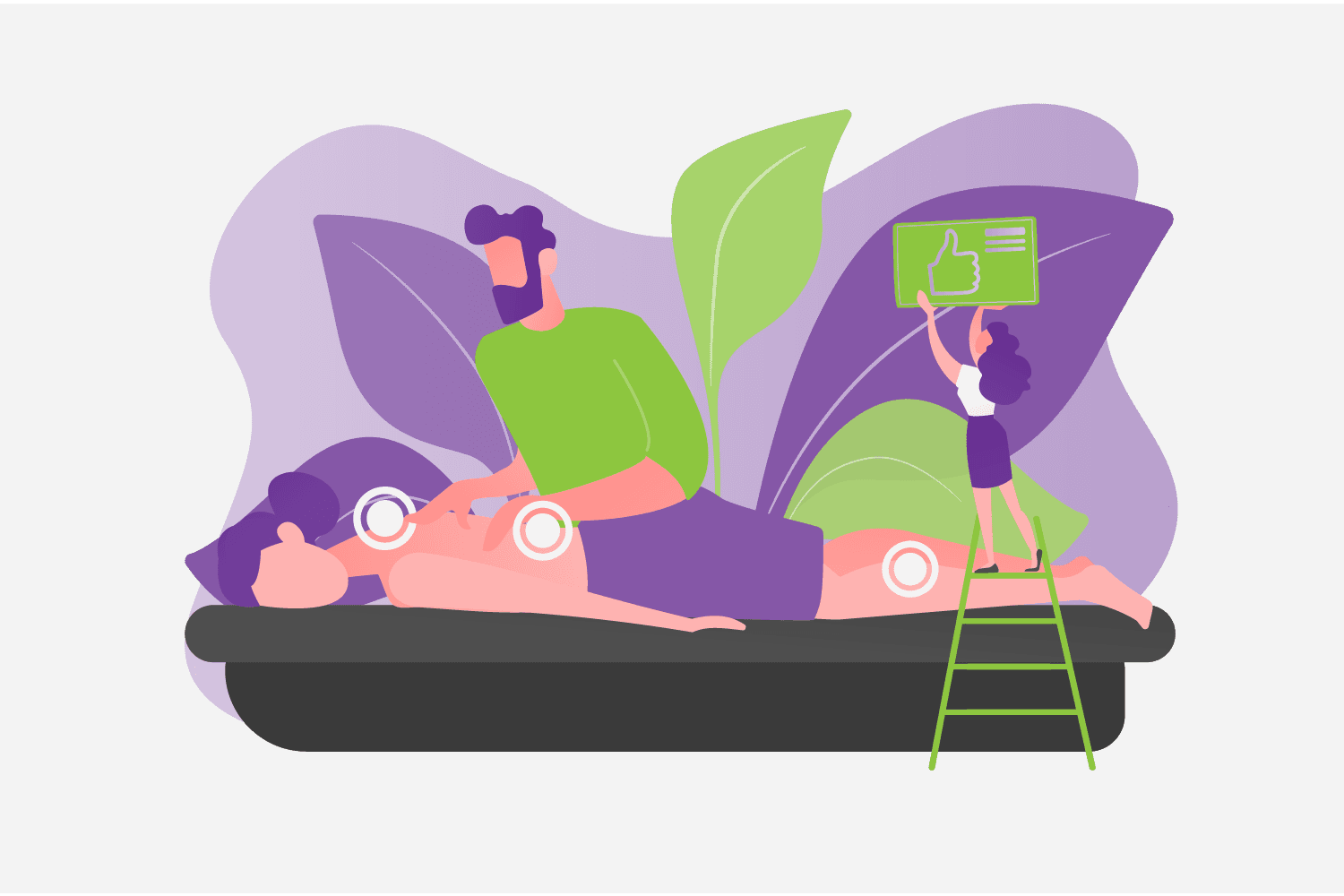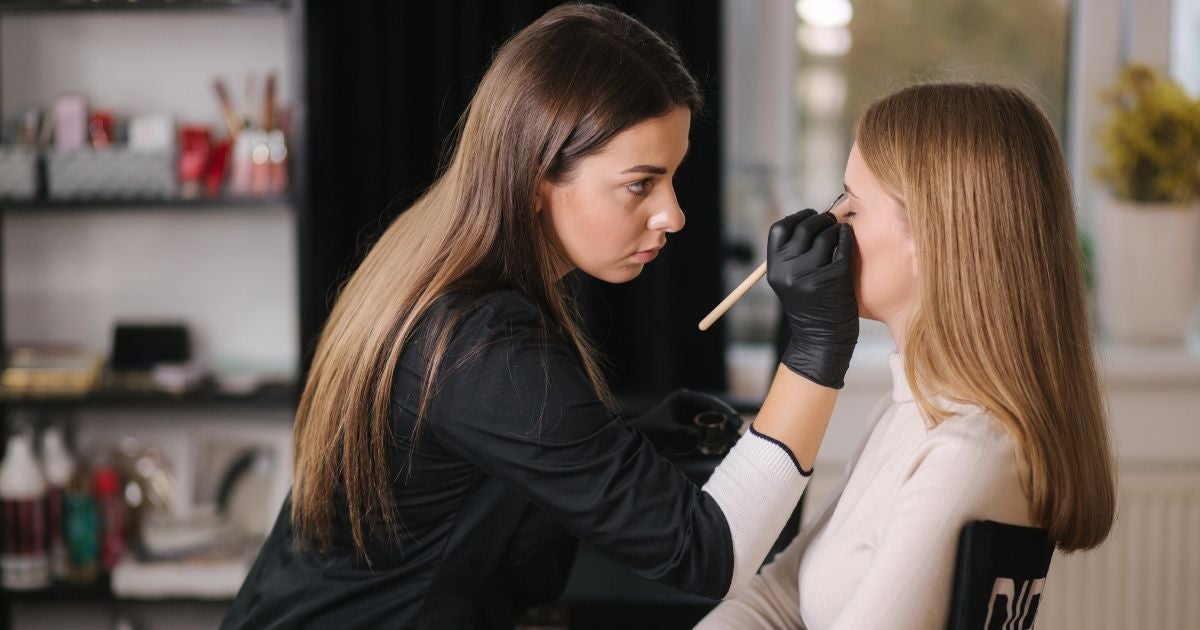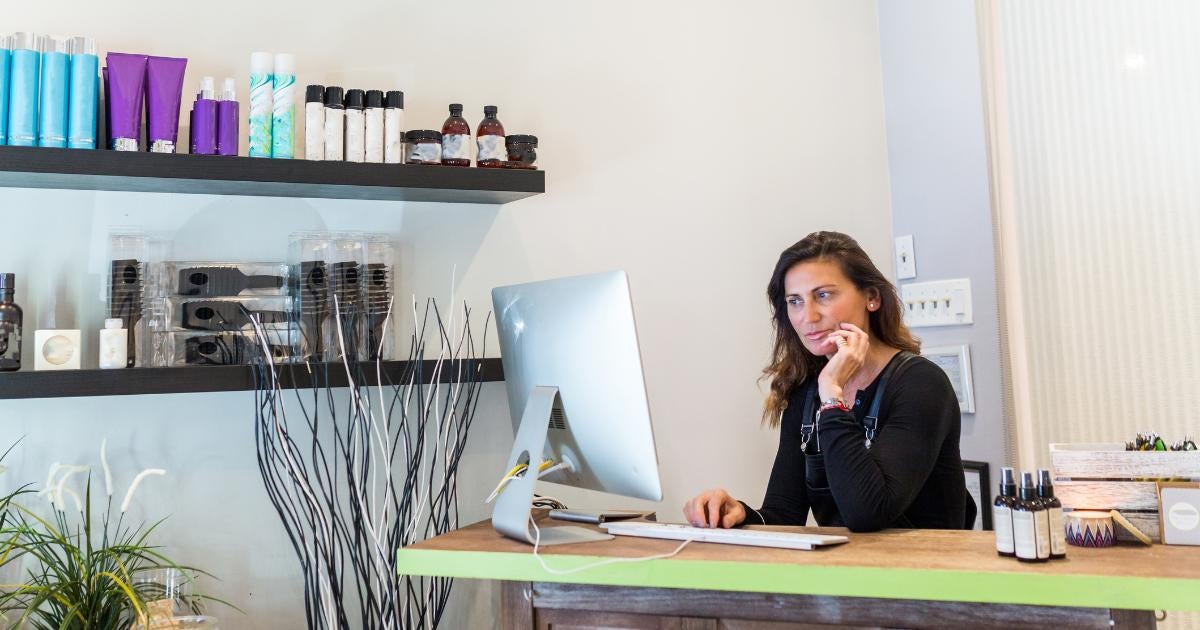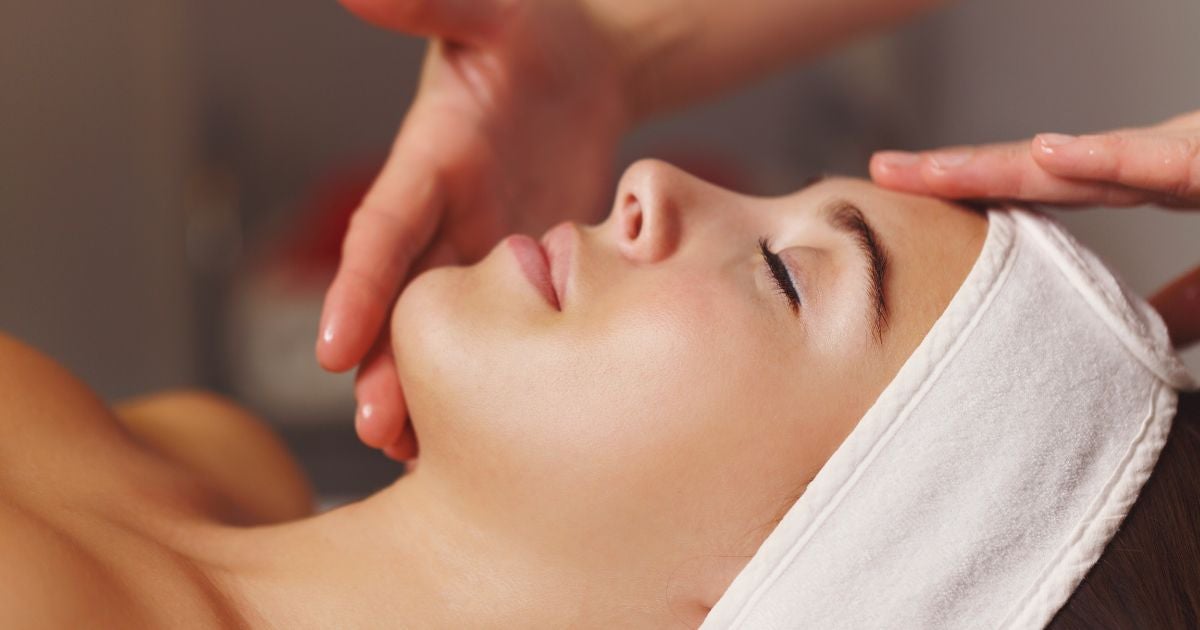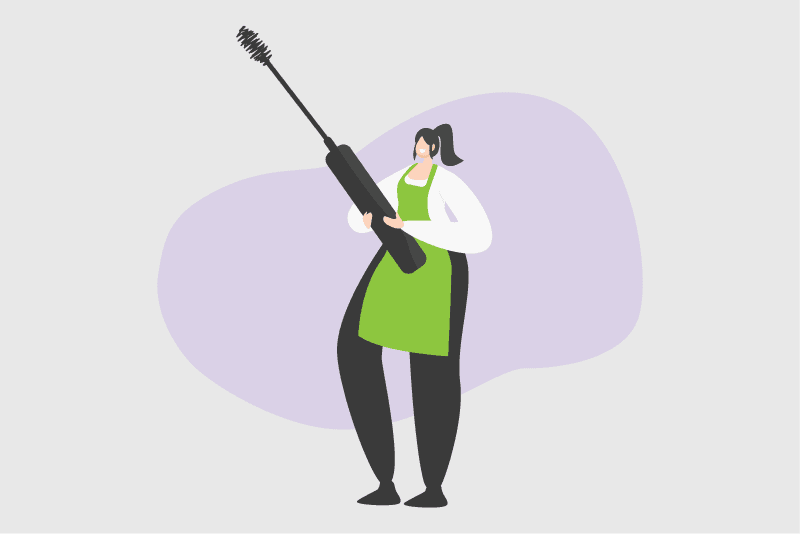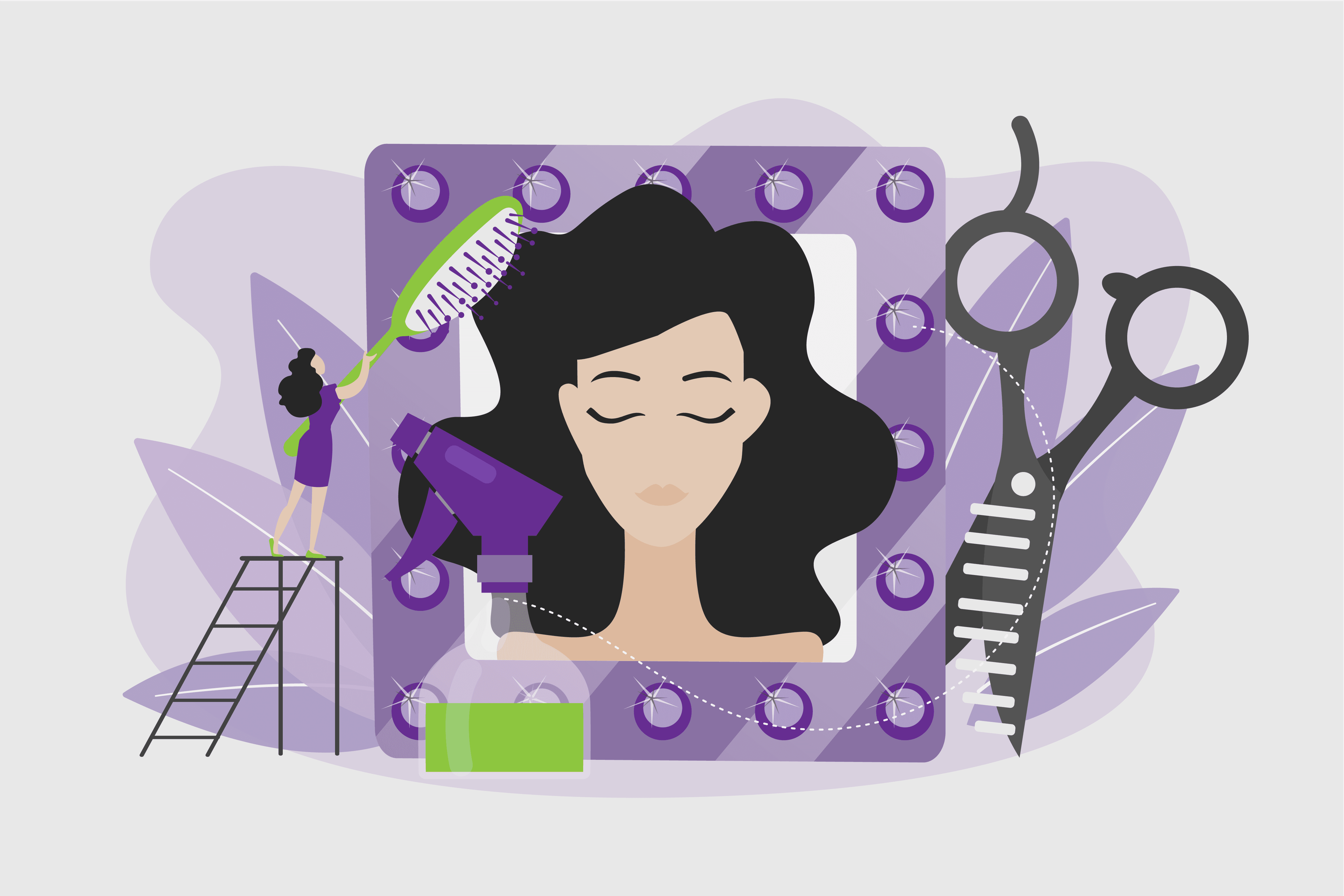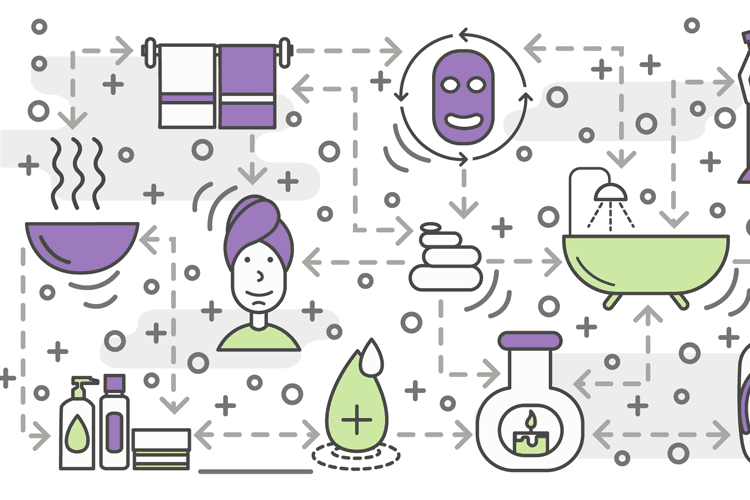Massage therapist job description
Let’s get real. Job information online can often be overly optimistic — conveniently glossing over the raw bits. But when you’re making decisions about your future, you need all the facts.
That’s why we anonymously surveyed massage therapists about their job, with hopes of getting an honest insight into what it’s really like.
While we did our best to ensure respondents were Australians and verified their job titles with proof of employment, we can’t guarantee complete accuracy — or that your experiences in the field will reflect theirs. So, we suggest that you take these insights as a guide only and try to talk to people in the field before making an important decision.
Tasks and responsibilities for a massage therapist
Working in settings like day spas, clinics, sports clubs or from home, massage therapists see a wide range of people in their day to provide massage therapy using many different techniques.
Because people see a massage therapist for various reasons, each day as a massage therapist can be different from the last.
Some tasks and responsibilities of a massage therapist:
- Greeting clients and assessing clients needs
- Treating clients with the appropriate types of health and relaxation massage
- Advising clients ways they can improve their muscle tension and aches and pains at home
- Ensuring work areas, massage tables, and equipment are hygienic and safe
- Keeping comprehensive client records
- Booking appointments and taking payments
- Ensuring products like massage oils are fully stocked
How to become a massage therapist
-
Study
To become a qualified massage therapist, complete a Certificate IV in Massage Therapy (HLT42015). This qualification provides the theoretical and practical knowledge and skills to gain an entry-level role.
-
Join a professional massage association
Once you have your qualification, you can join a professional association like the Association of Massage Therapists. Memberships give you access to professional development, relevant industry information, career support and connection to a network of other massage therapists.
Pathway options
A massage therapy career could be perfect for you and become a life-long job. It can also be a great starting point for more advanced roles in massage or provide pathways to related careers.
Some potential pathways options are:
Mid
-
TCM remedial massage practitioner
Most common qualification: Diploma of Traditional Chinese Medicine (TCM) Remedial Massage (HLT52115)
-
Remedial massage therapist
Most common qualification: Diploma of Remedial Massage (HLT52015)
Senior
-
Spa or salon manager
Most common qualification: Diploma of Salon Management (SHB50216)
Explore related qualifications
Diploma of Remedial Massage
The Diploma of Remedial Massage (HLT52015) provides the qualification necessary for remedial massage therapists to work with clients who have soft tissue dysfunction, musculoskeletal imbalance or restrictions in range of motion.
To achieve this qualification, students must complete 200 hours of work experience in a clinic setting.
The average duration for this course is one year and can be achieved full-time or part-time. Flexible learning, online study options and different delivery formats depend on the course provider.
Certificate IV in Massage Therapy
The Cert IV in Massage Therapy (HLT42015) is the entry-level qualification for massage therapists who provide general health maintenance treatments.
This course teaches anatomy and physiology, first aid, clinic management skills, and basic skills in different types of massage.
To gain these massage qualifications, the candidate must complete at least 80 hours of work experience in a massage clinic as per the unit requirements to achieve this qualification.
The average duration for this training program is six months, can be achieved full-time or part-time and is available through online and blended learning formats.
Related subjects
Alternative and complementary therapy careers are not limited to massage therapy. If you are still on the hunt for an inspiring career choice that can utilise your skills in helping others, there is no shortage of exciting and fulfilling roles.
Discover more career options here:
Related articles
A job as a massage therapist might be just the career change you’re seeking. If you would like to learn more about this role and the health and beauty industry, you can access a range of other articles and resources.
Reviews
Reviews are from Australian workers with this job title or a very closely related one.
Is this your job title?
Share your thoughts and help people decide if this job is right for them.
- All
- Positive
- Negative
Kathryn
Nov 08 2021It's all about balance.
What are the best parts of the job?
Dealing with clients on a day to day basis, helping them with their issues and knowing that they're leaving me better than when they came in. Being able to relieve their physical tension as well as their mental load feels really fulfilling.
What's the most challenging part?
Being self employed is difficult because you have to be able to manage all different areas of your business, such as admin, marketing, finances, etc. And contracting out to other clinics means that you don't get complete creative control over how you operate, what hours you work, what kind of treatments you want to offer. It's all a balancing act.
Isla
Nov 03 2021Working in a healthy environment.
What are the best parts of the job?
I find there are plenty of opportunities for personal development, working in a place that encourages and supports wellness.
What's the most challenging part?
Sometimes you have to make difficult choices knowing that if you get it wrong, you can cause problems for your client.
Sara
Nov 08 2021Fun, social job.
What are the best parts of the job?
Love being able to work as a team.
What's the most challenging part?
Nothing is that challenging.



